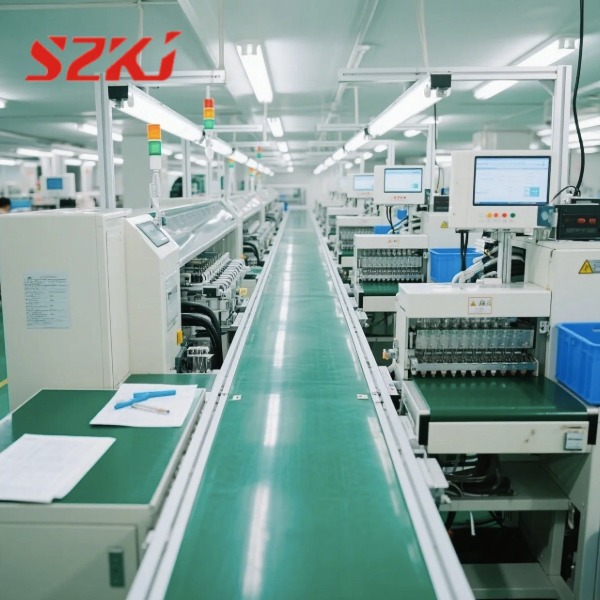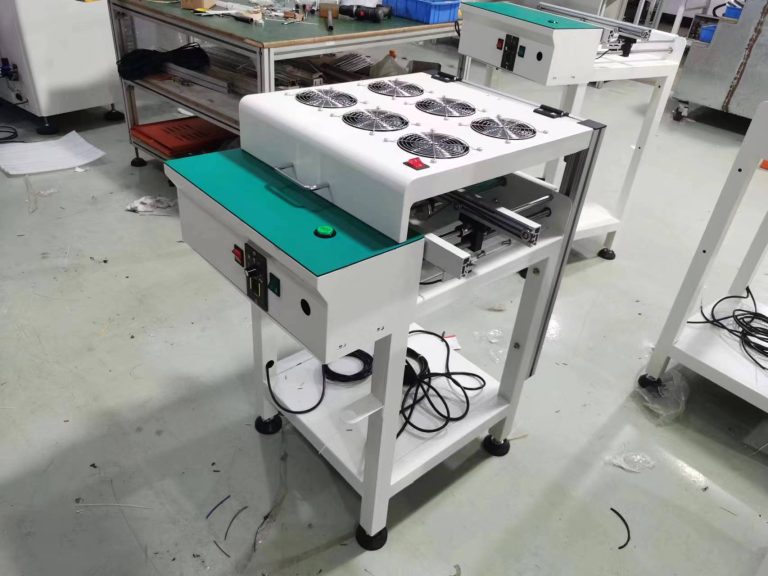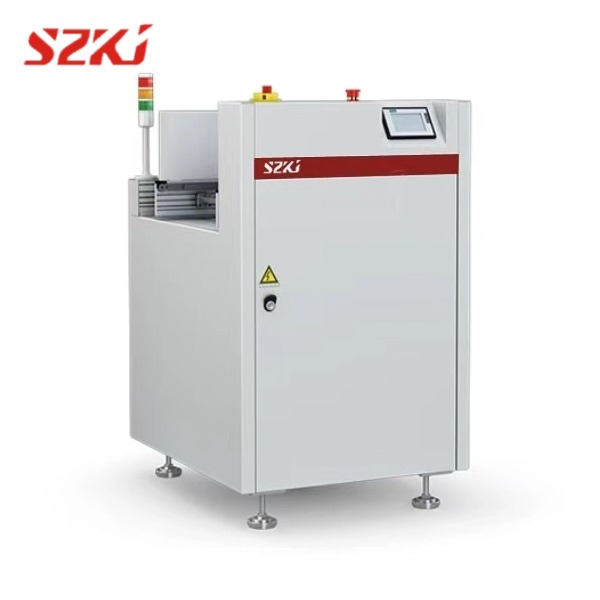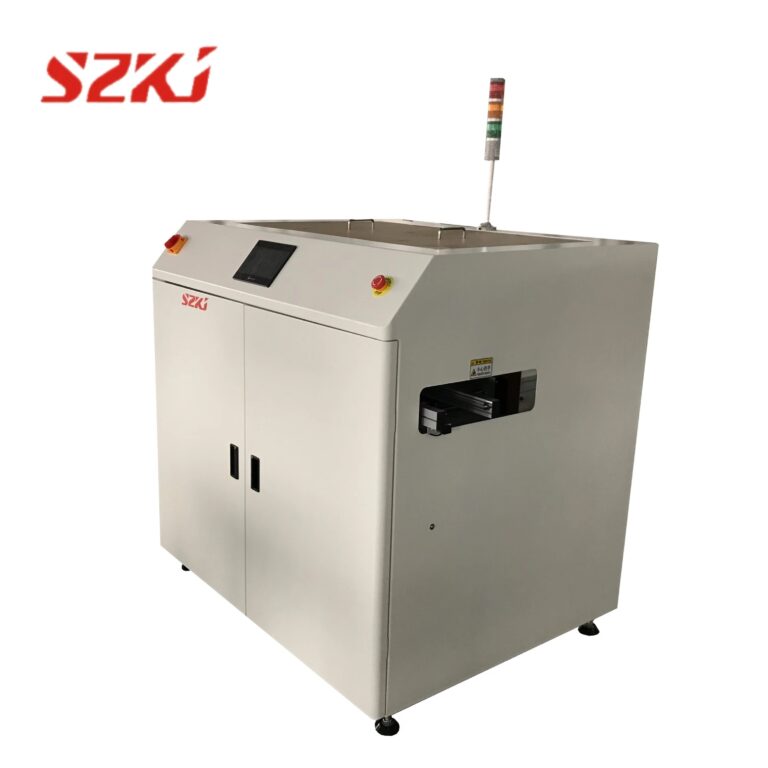Table of Contents
ToggleRole of Automatic Conveyor System in Factories
Ever wonder how products in factories move with such fluidity from stage to stage? Be it that bag of chips you couldn’t want more or even the brand-new phone you’re using, it’s many thanks to an automatic conveyor system. But how do these conveyor belts work their magic? Let’s walk through the details and see what makes them so important in modern manufacturing.
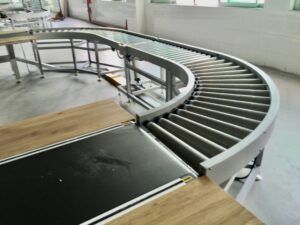 What is an Automatic Conveyor System?
What is an Automatic Conveyor System?
An automated conveyor system is an equipment engineered in the form of machines for moving items or materials from one point to another in a factory. It has been used for simplifying production into a speedy and efficient process. The systems are comprised of conveyor belts, motors, and sensors, and at times include robotic components that may assist in transferring products without problems. They can be smaller and larger, depending on the items to be moved, ranging from small parts in electronics manufacturing to bulky items in the automotive industry.
How Does That Work?
The basic underlying concept of an automatic conveyor system is fairly simple: the transmission of items along a predefined path using a belt and a motor. When a product is put on the belt, this is driven forward by the motor, guided by sensors that track its progress. Should the item need to stop, a sensor sends a signal that the motor should pause or go slower.
These belts may be flat, mounted on an incline, or sometimes curved depending on the necessities of a specific factory. Their main components include:
- Motor and Gearbox: The motor is responsible for driving the conveyor belt, while the gearbox works to regulate its speed. This allows for adjusting the pace of production based on demand.
- Rollers: The belt moves over rollers, helping it to guide along and reduce friction.
- Sensors: These are important in automation. They detect any item on the belt for the regulation of speed and position.
- Control System: Most automatic conveyor systems contain a programmable control system allowing operators to set up various speeds, directions, and even maintenance points.
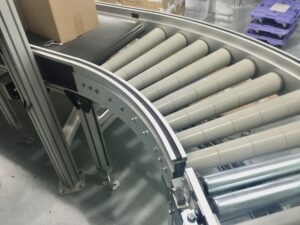 Why Are Automatic Conveyors So Important?
Why Are Automatic Conveyors So Important?
Factories have to work efficiently to meet high production demands, and that is where the automatic conveyor system shines. Here are some reasons why they are considered so important:
- Less Manual Labour: The manual movement of heavy elements is not only slow but also dangerous. An automated conveyor system relieves the worker from such tasks, hence reducing manual labor and workplace injuries.
- Improved Speed and Efficiency: Manufactured goods can move much faster and run more fluently because conveyor belts can work without interruption. Machines don’t get tired, whereas humans do!
- Consistency: These systems push products consistently and reduce the anomalies that can occur with manual handling.
- Adaptability: Due to the flexibility, automatic conveyor systems can be made to fit just about any production line. Need to move items up, down, or around a corner? Yes, a conveyor system can be designed to do just that.
Wrapping It Up
The lifeblood of the modern factory is automatic conveyor systems, which make production faster, safer, and more efficient. By moving items from point A to point B—and even beyond—these systems take the stress off manual labor and make sure everything runs like clockwork. Whether it is for a bakery, car manufacturing plant, or an electronics factory, an automatic conveyor system will be there to make sure the products go to where they need to go on time and error-free. Our SZKJ conveyor systems utilize the latest technology to ensure optimal performance and durability. To learn more about how SZKJ can elevate your production processes, contact us today

